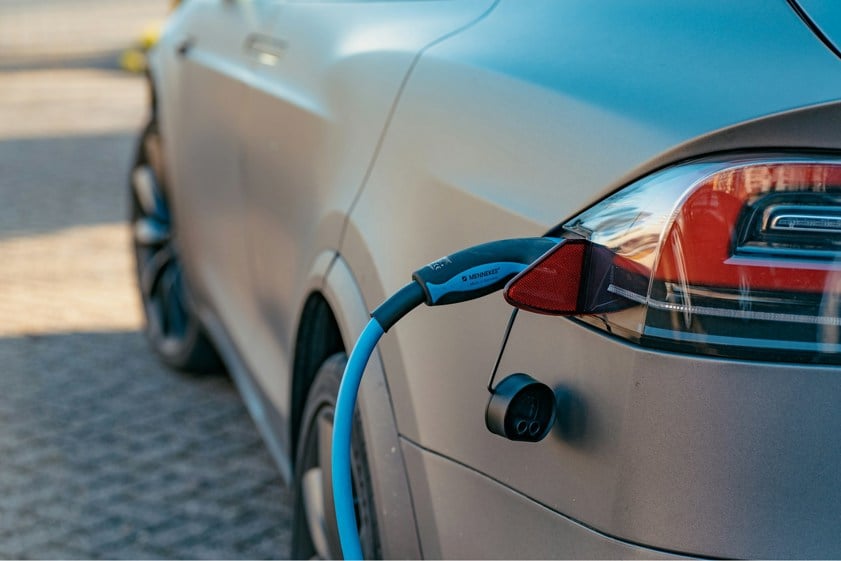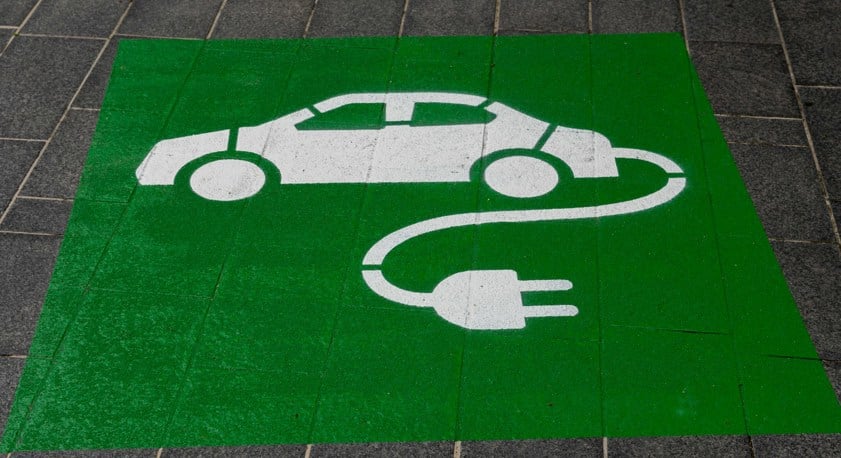
As the UK strides towards a greener and more sustainable future, the spotlight intensifies on its electric network.
With ambitious targets to cut carbon emissions and a rapid increase in electric vehicles, questions loom over whether the existing infrastructure can handle the surge in demand.
In this blog, we'll delve into the readiness of the UK's electric charger network and the steps needed to ensure a smooth transition to electrification.
We talk about:

According to ZapMap, at the end of January 2024, there were 55,301 electric vehicle charging points across the UK at 31,335 locations. This represents a 46% increase in the total number of charging devices since January 2023.
The area with the most charge points is Greater London, with 18,000, followed by the South East, with 6,381 and Scotland, with 4,696.
The network is also divided between a range of operators. Shell Recharge Ubitricity has the largest market share with 8,295 devices, followed by Pod Point with 4,614 and Connected Kerb with 3,194. (Source: ZapMap)
Number of charge points - Although the number of chargers has drastically increased in the last few years, this needs to continue. In 2022, the UK Government predicted that the UK will need 300,000 devices by 2030. We are currently only at 55,301.
Greater distribution - EV chargers are very London-centric, and if you live in a rural area, you have very limited access to a public charger network. For example, in London, there are 193 devices per 100,000 people.
While in Northern Ireland, there are just 23 devices per 100,000. This makes customers considering an EV doubtful, as they are reluctant to buy until there's more infrastructure. (Source: Fleet News)
Home or public charging? - The vast majority of EV drivers charge their cars overnight at home, but if you don't have access to this, you need to use the public network. This can be impractical, with charging taking up to 30 minutes (more depending on the charger), which is not practical if you're commuting to work.
The Government need to find the right balance between home and public charging.
Ease of use - People prefer petrol/diesel cars over EVs because they are more practical. Charging an EV takes a lot of time, and some people simply don't have this time. Also, the network is split between various providers. Customers need multiple apps and smart cards to use different networks, which is stressful for drivers.

In the last few years, the UK Government has ramped up investment in the EV charger network. Back in March 2020, the Government promised a £950 million rapid charging fund to support electrical capacity at motorway services. The consultation to determine which services and areas will benefit from the money will end in February 2024.
In December 2023, a £70 million fund was allocated to help ten motorway services install ultra-rapid charging stations.
Policies to encourage EV adoption:
- Vehicle Excise Duty ( VED) Exemption - VED, known as 'road tax', is a tax levied on all vehicles in the UK. Since 1st April 2020, EVs have been exempt from paying. The exemption ends on 1st April 2025, when EV drivers must pay VED.
- Congestion Charge and ULEZ Benefits - When driving around some cities in the UK, you need to be aware of congestion charges and ULEZ. This is a payment to the city to reduce congestion and CO2 emissions. You're currently exempt from paying these charges if you're an EV driver. However, this will end in December 2025.
- LEVI fund - The LEVI fund is a government incentive that aims to assist local authorities in delivering EV charging to their residents without off-street parking.
It's clear there are massive challenges facing the UK electric charger network, so what can be done to help it develop?
Smart Grid Technology - Smart grid technology is a system that integrates modern communication and information technologies with the existing electrical grid. This allows for two-way communication between the grid and EV charging stations, enabling a more efficient, reliable, and sustainable charging network.
Battery Storage and Energy Management - Battery storage systems store energy when supply exceeds demand. When peak time comes around, they can discharge stored energy to reduce the demand on the network.
Vehicle-to-Grid Systems - Vehicle-to-grid technology enables energy to be pushed back to the power grid from the battery of an EV. If you don't plan on using your car, you can sell stored energy in your car back to the grid. It helps boat the grid's energy supply at peak times and is a nice little earner.
It's clear that the UK EV charging network faces an uphill battle. The predicted 300,000 public chargers by 2030 is still a long way away, and serious change needs to happen for us to reach this target.
In the next few years, I'd expect to see the expansion of large-scale battery storage, the implementation of smart-grid technologies, and enhanced grid security and resilience.
In short, the UK currently is not ready for the electric revolution. The network needs huge improvements in the next few years to be able to cope with the surge in electric vehicles when petrol and diesel sales become banned in 2035.
Looking for more electric vehicle content? Check out our electric car leasing guides, including Benefits of an Electric Car and Electric Car Running Costs.
We are also one of the UK's leading electric car leasing brokers, offering a range of EV leasing deals to suit your every need. For more information, check out our leasing deals or call us at 0345 811 9595.
Originally posted: 12th February 2024

